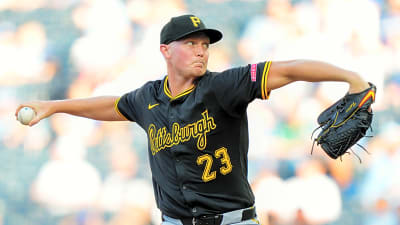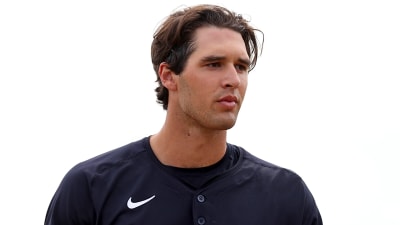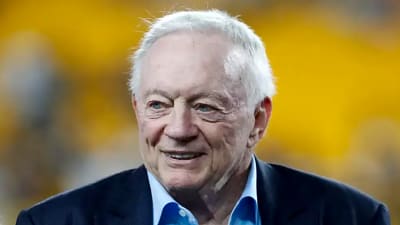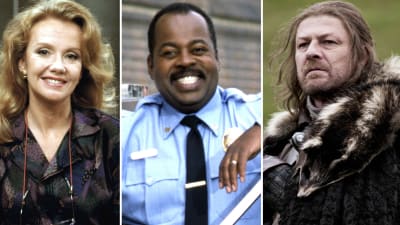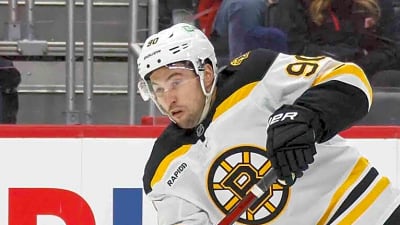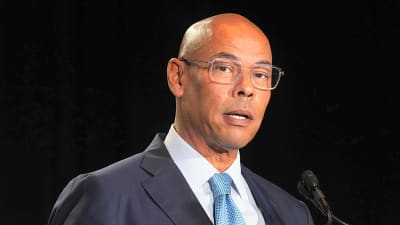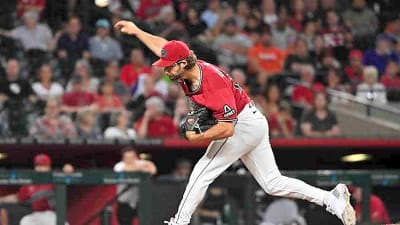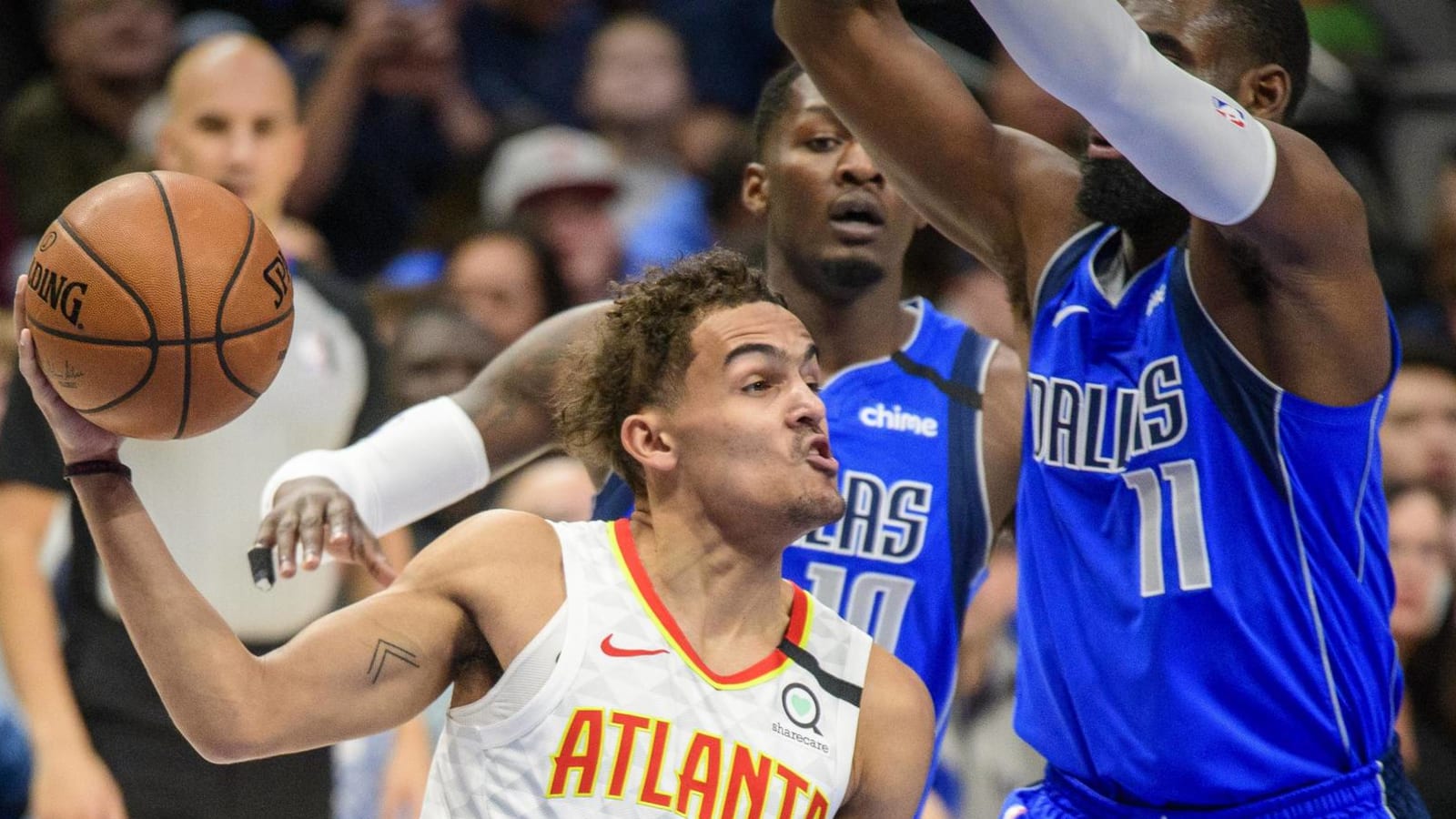
Atlanta's 'Ice' Trae, three others in East melt in this hot spotlight
With the All-Star break over, the final leg of the NBA season has begun. Last week, I examined four players from the Western Conference who must improve. This week, let's look at four Eastern Conference players who must play better in the second half.
Trae Young, Atlanta Hawks
Young averages 30 points and 9.2 assists, shoots a respectable 44.5 percent from the field and an impressive 37.4 percent from beyond the arc. Only 21 and in his second season in the NBA, he's already an All-Star. So it's silly for him to lead a “needs to improve” list, right?
Wrong.
Clearly elite on offense, Young is dreadful on defense. In fact, the Hawks (17-41) are one of the worst defensive teams in the league when Young plays, giving up 115.9 points per 100 possessions in the All-Star's 1,840 minutes. If that mark were to hold up for a season, it would be even worse than pathetic defenses in Cleveland and Washington -- teams on pace to be among the worst in NBA history on defense.
Since the trade deadline, when the Hawks added centers Dwayne Dedmon and Clint Capela, Young-led lineups are actually worse, at 118.3 points per 100. (Capela, who's out with a heel injury, has yet to play for Atlanta.)
To be clear, tying a player’s actual contribution to any defensive metric is not straightforward. It’s mostly a tool to help point us in the direction of the truth, not confirm it. For Young especially, that’s an important thing to keep in mind. Since he’s a point guard, Young is much more at the mercy of his teammates than, say, a center whose size and length have a far greater influence on how often opponents score. So in a basic sense, the Hawks aren’t bad on defense solely because of Young’s presence on the floor.
But given the Hawks' defensive stats, we can dive into the film and clearly see Young certainly is not part of the solution. His effort on the ball is mediocre at best. Young dies on picks, creating more responsibilities for his teammates, and routinely gets muscled out of the way on drives due to his wiry frame. Given the abundance of talent at point guard in the NBA, having a weak link at the point of attack for any defense spells trouble.
Now that there’s some real, NBA-caliber big men in the fold, Atlanta's defense should improve post-All-Star break. Young will never be an amazing defender because of his physical limitations -- he's 6-foot-1 and 180 pounds. But he clearly must get better for Atlanta to join the NBA's respectable teams.
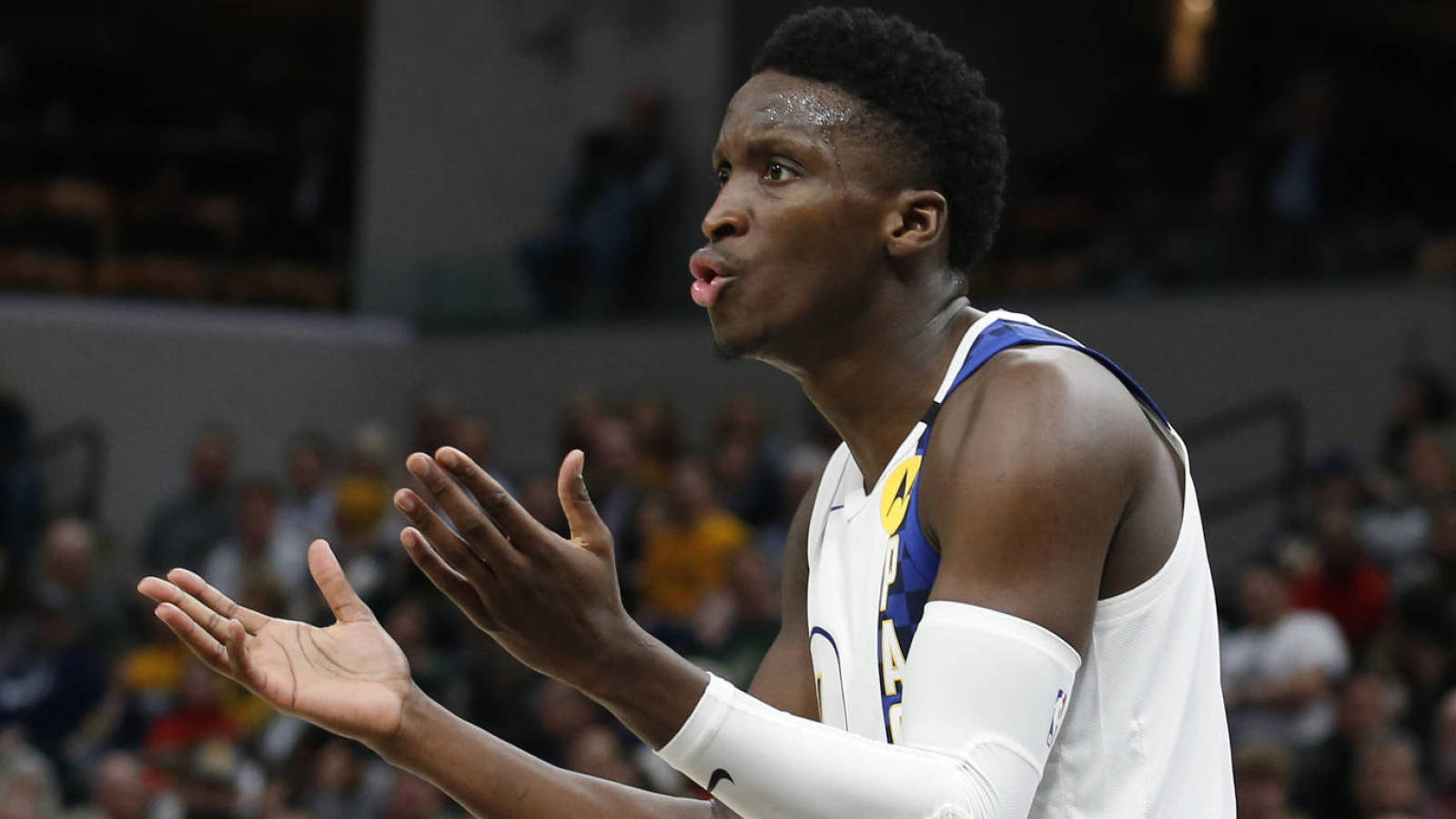
Victor Oladipo, Indiana Pacers
Given the long road to recovery he’s faced, Oladipo’s inclusion on this list may seem a bit unfair. He suffered a gruesome leg injury last January and missed more than a calendar year on the hardwood. The Oladipo we’ve seen since his return hasn’t even vaguely resembled the All-Star-caliber player many of us know.
In eight games for Indiana (33-24), Oladipo has posted abysmal numbers. He averages 10.8 points, shoots 33.3 percent from the field and 25 percent from beyond the arc. His assist (7.9 to 5.1) and rebound (8.6 to 4.2) rate per 100 possessions are down significantly from last season. There was no doubt Oladipo would have to kick off a lot of rust upon his return, but these numbers are concerning.
The problem for charting improvement for Oladipo is that no such template exists. According to ESPN.com, only two other players in NBA history have suffered the same injury -- a torn quad tendon -- as Oladipo: Charles Barkley and Tony Parker. Neither player's route back can be used as a baseline.
Barkley suffered his injury decades before the NBA became a hotbed for medical innovation and athletic performance analysis. Parker’s tear occurred in May 2017, but he faced another issue: age. He suffered the torn quad tendon in the midst of his age-34 season. Parker managed to post decent numbers the following two seasons, but it was hard to tell if any decline was due to the traumatic injury or simply just age.
Is Oladipo's underperformance normal or worrisome? We'll know for sure in another 10-15 games.
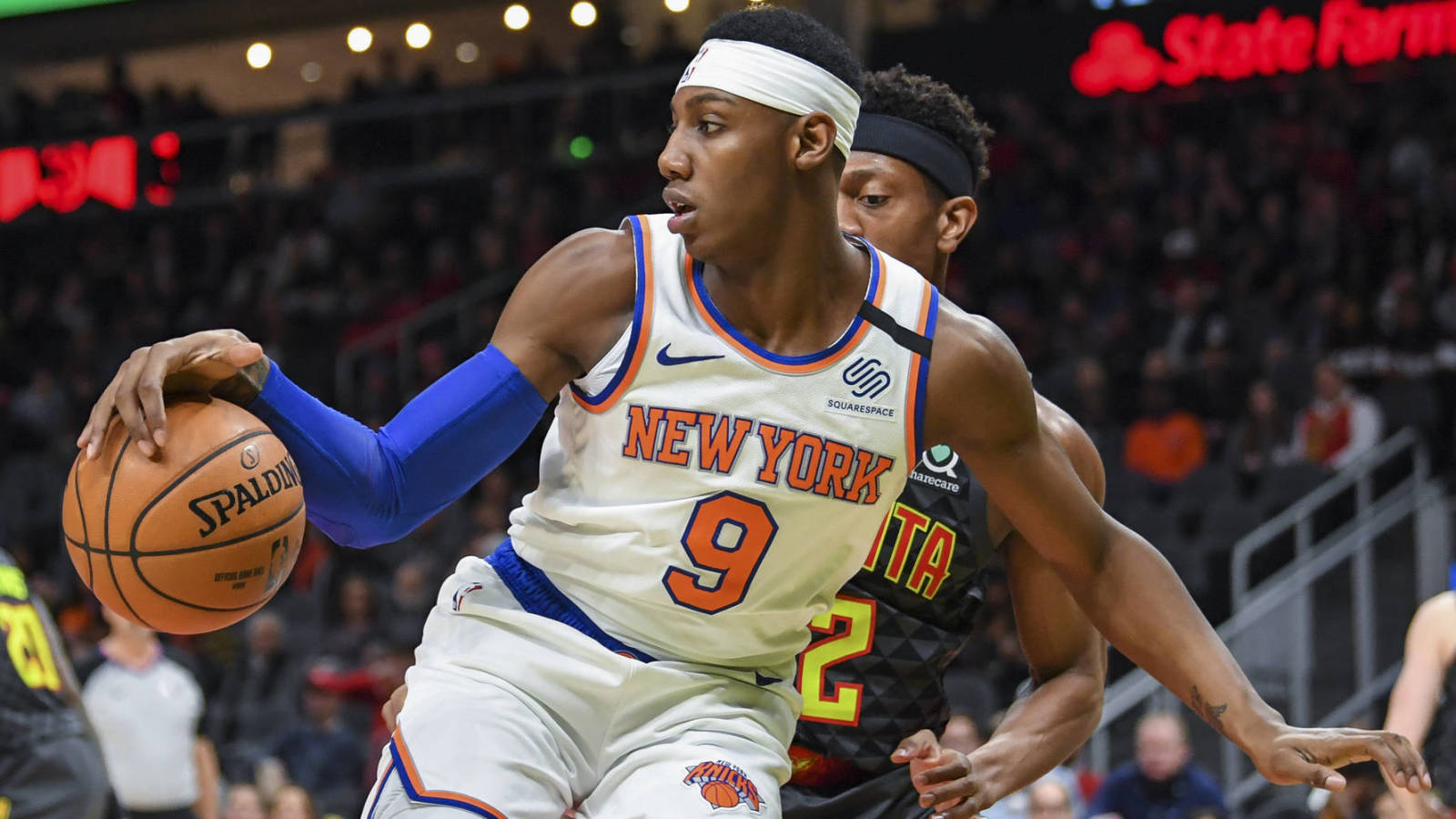
RJ Barrett, New York Knicks
Fair or not, after the Knicks (17-39) missed on their dream scenario of Kevin Durant and Kyrie Irving in free agency and selected Barrett in the draft, he became the face of hope for this dreadful franchise. Taken with the third overall pick, Barrett supposedly had superstar potential. Unfortunately for Knicks fans, there's nothing "super" or "star" about him.
Entering Monday's game against the Rockets, Barrett averaged 13.7 points and 2.4 assists. He has has struggled shooting from the field (38.9 percent) and behind the arc (30.8). Those aren't numbers that suggest the 19-year-old will be a future star.
In fact, of all rookies who have played at least 1,300 minutes and shot less 39 percent from the field and 31 percent from beyond the arc, only one -- Chauncey Billups, a player who famously blossomed late in his career -- became an All-Star. The rest have ranged from NBA washouts (Adam Morrison, Dejuan Wagner) to solid, if unspectacular, pros (Ricky Rubio, Marcus Smart).
Barrett’s underwhelming rookie season is also compounded by the fact that the New York roster is barren around him. Former lottery pick Frank Ntilinkia is likely going to wrap up his tenure with the club after this season. Kevin Knox, a 2018 lottery pick, has regressed after his own uninspiring rookie campaign last season. Mitchell Robinson seems like nothing more than a rotation player, and the gamble on the talented but unfocused Dennis Smith Jr has been a disaster.
That’s why so much hinges on Barrett. If he can make strides in the final few weeks, it would be a huge boost to a Knicks franchise badly in need of a young player capable of becoming a franchise-altering star.
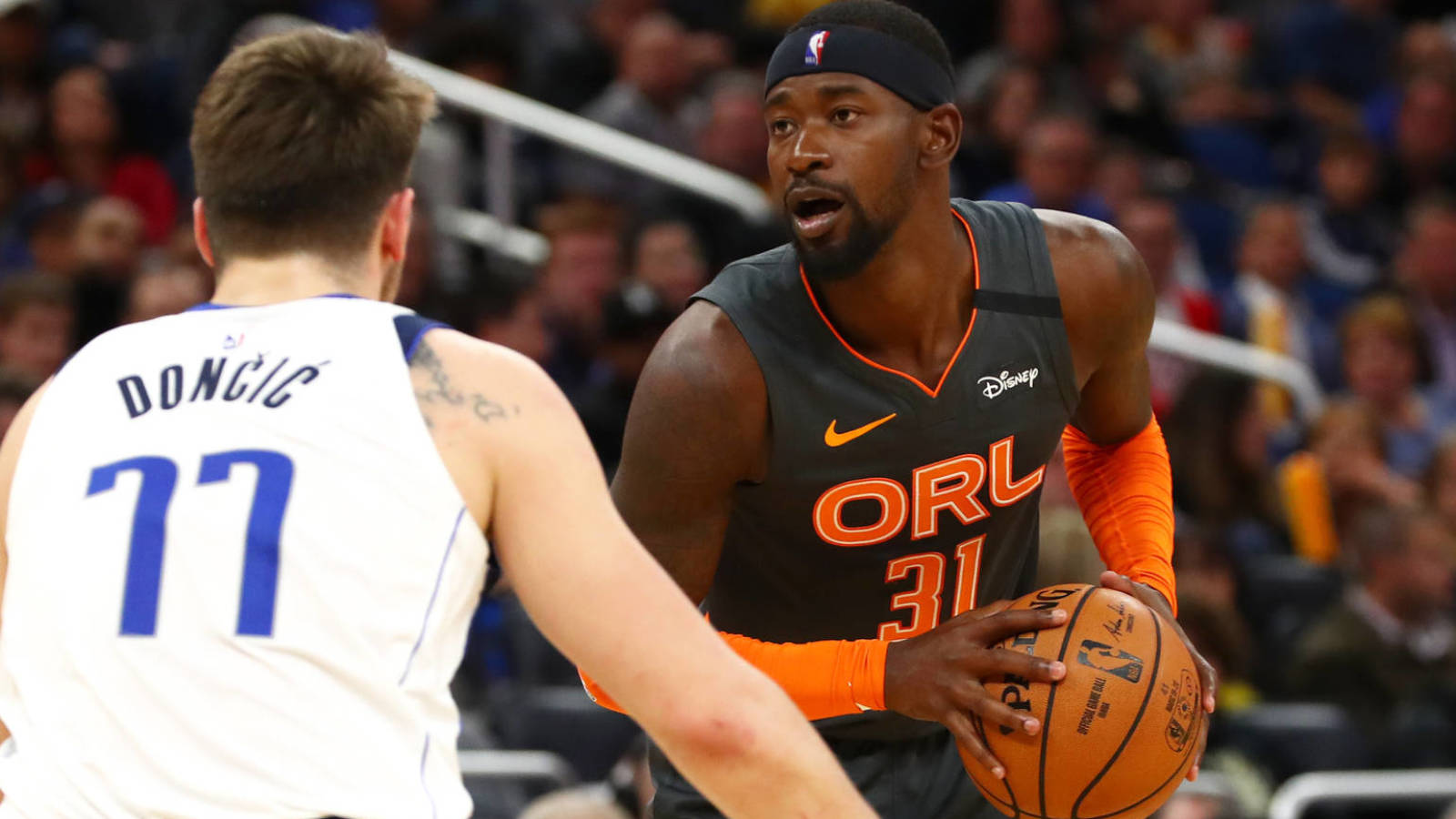
Terrence Ross, Orlando Magic
Speaking of franchises without much hope ... hello, Orlando Magic! Thanks to poor free-agent moves and middling drafts, Orlando (24-32) has created a very low bar of success. For the most part, securing the final playoff spot in the East would qualify as a noteworthy season. To do that, the Magic needs a strong stretch run from one of its key rotation members: Ross.
Throughout his career, Ross -- who averaged 13.5 points this season -- has been a fairly consistent 3-&-D wing. Just once since his rookie year in 2012-13 has the veteran wing failed to convert less than 36.3 percent of his shots from beyond the arc. Yet entering this week, Ross is hitting just 32.3 percent of his 6.9 3’s per game. Because Orlando’s woeful three-point shooting (28th in NBA) is a key factor for their bottom-five offense, Ross’s misfiring is a glaring issue.
More must-reads:
- Western fizzlin': Four players who must up their games after break
- Pacers lift minutes restriction on star guard Victor Oladipo
- The 'Most 3-pointers made by an NBA rookie' quiz
Breaking News
Trending News
Customize Your Newsletter
 +
+
Get the latest news and rumors, customized to your favorite sports and teams. Emailed daily. Always free!

